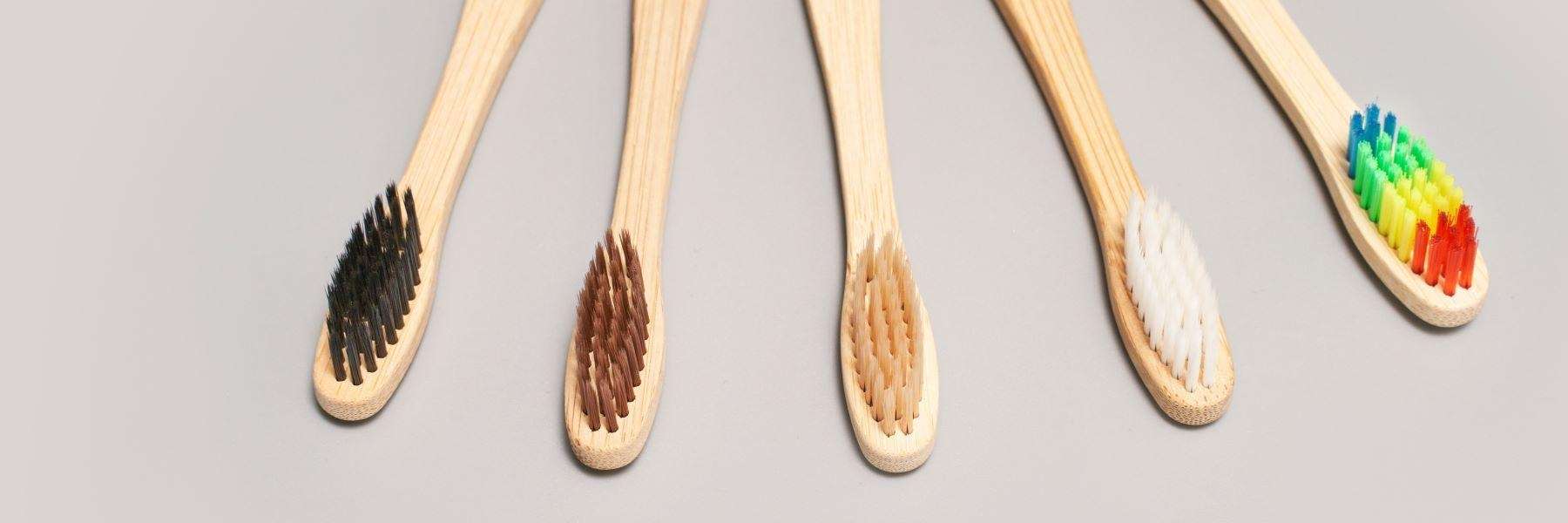The Dental Bonding Process
Even if Dr. Yang is repairing multiple teeth, dental bonding tends to be a straightforward procedure.
First, he’ll match the composite resin material to your tooth’s exact shade. Next, he prepares your tooth for the bonding material with a conditioning etching fluid that roughens the tooth so the composite resin can adhere to it.
Once the tooth’s surface is ready, Dr. Yang will apply the composite material to your tooth and create the desired shape. Composite starts off moldable like putty until he hardens it with a specialized curing light.
Finally, when the tooth is cured, Dr. Yang will make any necessary adjustments to ensure proper bite function, and then he’ll polish the tooth until it blends seamlessly with your smile.
Dental Bonding or Porcelain Veneers?
Dental bonding and porcelain veneers can actually fix very similar smile concerns. The difference is that veneers are thin slivers of porcelain Dr. Yang bonds over the front surface of your tooth.
Veneers can change the size, shape, and shade of your teeth and smile, but unlike dental bonding, veneers are an irreversible procedure that require a lifetime commitment. You may need to replace your veneers every 15 to 18 years.
Some benefits dental bonding offers over porcelain veneers are:
- Cost-effective: Dental bonding tends to be a less expensive procedure than porcelain veneers.
- Reversible: Dental bonding isn’t irreversible since Dr. Yang is not removing any tooth structure during its application.
- Quick: We can typically complete dental bonding in only one visit, while veneers take two to three weeks to finish your new smile.
Learn More About the Possibilities for Your Smile
Dr. Yang would love to talk with you if you’re considering enhancing your smile! He can review your options with you during an evaluation, where he’ll help you select the best treatment procedures to fit your smile needs, goals, and budget.
Book an evaluation online or call your Downey dentist at (562) 869-4713 and speak with our team.
 If you’re living with tooth imperfections, it may cause you to feel self-conscious about your smile. Dental bonding is an affordable way to restore minor flaws and enhance your smile without destroying your budget.
If you’re living with tooth imperfections, it may cause you to feel self-conscious about your smile. Dental bonding is an affordable way to restore minor flaws and enhance your smile without destroying your budget.


